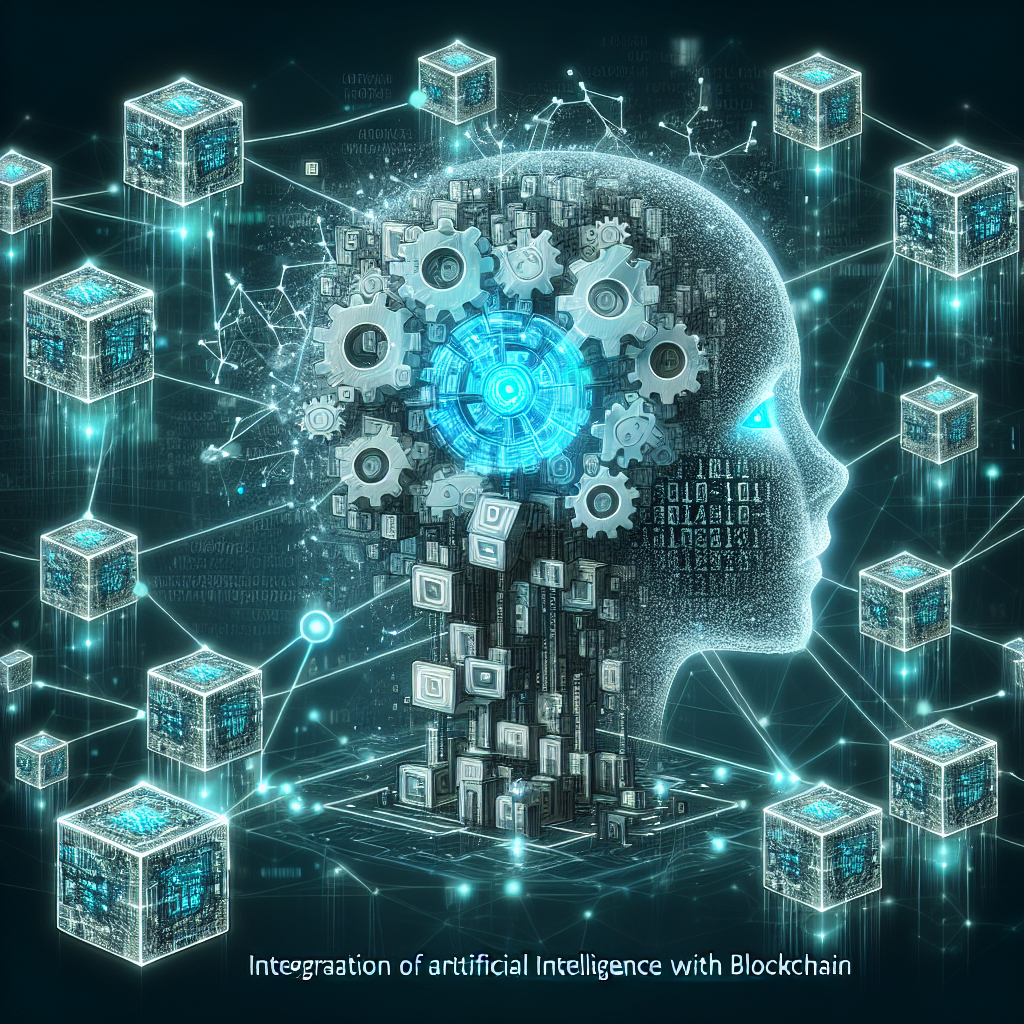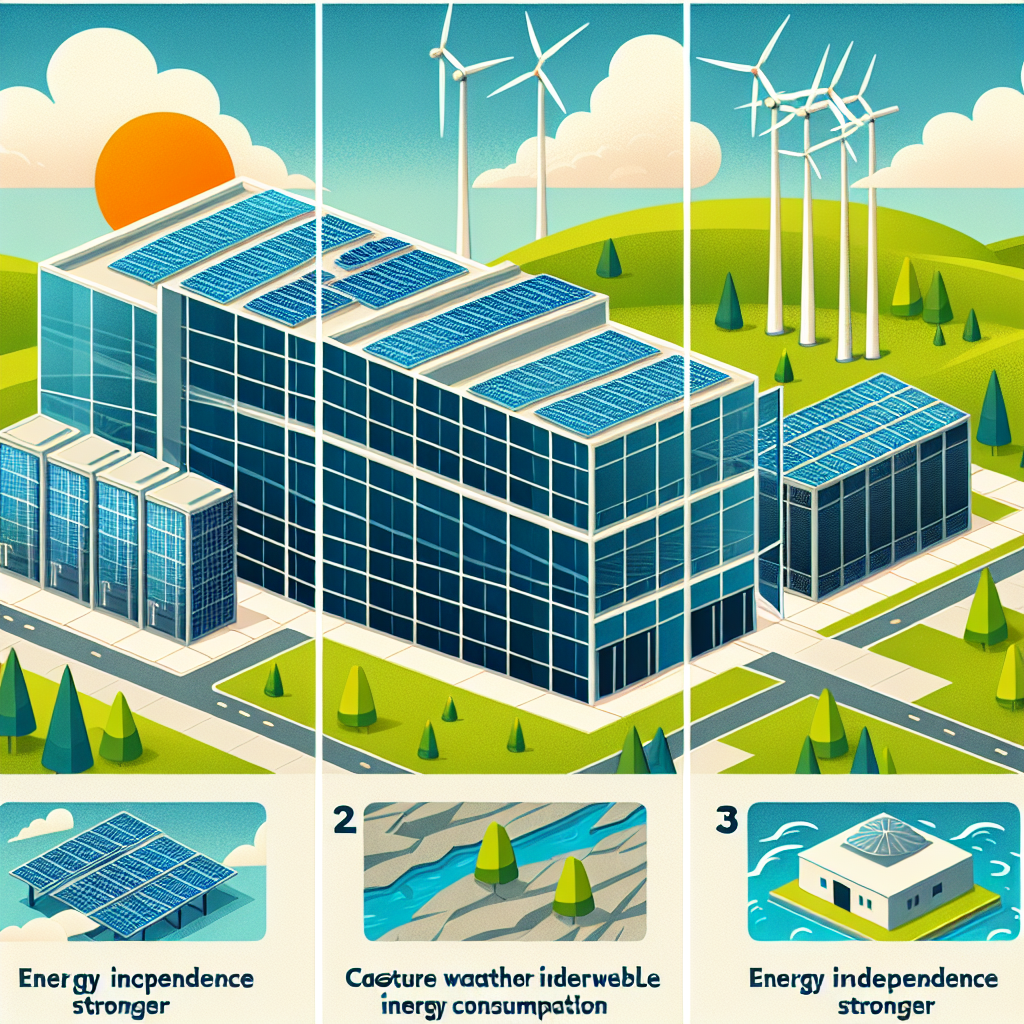Meeting the Demands of the Digital Era
The explosive growth of digital innovation—from artificial intelligence to cloud computing and IoT—has ushered in an era where energy-intensive data centers are at the heart of global progress. Yet, as our dependence on data infrastructure grows, so does the pressure to ensure these omnipresent facilities are not just operationally efficient but also energy independent.
Energy independence doesn’t just mean reducing utility bills—it means sustaining operations during energy price spikes and grid failures, and ultimately supporting a greener, more resilient future. Here are three transformative strategies through which data centers can become powerful drivers of energy independence.
1. Integrating On-Site Renewable Energy
The Role of Solar and Wind Power
One of the most effective ways data centers can step toward energy independence is by investing in on-site renewable energy sources such as solar panels and micro wind turbines. These clean energy solutions enable facilities to generate a substantial portion of their power needs without relying entirely on the electricity grid.
For example, tech giants like Google and Apple already operate data centers powered primarily by renewables—setting benchmarks for smaller players to follow.
Benefits of Renewable Integration:
- Lower operational costs: Reduced dependency on fluctuating energy markets.
- Improved sustainability: Significant reduction in carbon footprints.
- Grid resilience: Minimizes vulnerability to energy outages and supply disruptions.
Microgrid Technology
Renewables perform best when tied to a microgrid system, allowing data centers to store excess energy and regulate output based on demand. These “islanded” systems provide flexibility, ensuring that operations continue seamlessly during peak load times or power grid failures.
2. Embracing Energy Storage Solutions
The Battery Revolution
To become truly energy independent, data centers must pair renewables with advanced energy storage systems. Massive lithium-ion and flow batteries now allow facilities to store clean energy produced during off-peak hours and use it when renewable production stalls or during blackouts.
Elon Musk’s Megapack and similar smart battery solutions are already being deployed in data center operations to combat peak pricing and maintain uptime.
Key Advantages:
- Demand response: Better manage energy loads during high demand.
- Backup energy: Critical for ensuring uninterrupted service if the main power supply fails.
- Grid decoupling: Supports self-sufficiency and microgrid capabilities.
Thermal Energy Storage
Innovative solutions like liquid air energy storage (LAES) and ice cooling can help data centers store energy in alternative forms. For example, ice energy accumulates during cooler nighttime hours and is used later to help cool servers during the day—conserving usable electrical power for other operations.
3. Leveraging AI and Smart Grid Integration
Artificial Intelligence for Real-Time Energy Optimization
AI is revolutionizing not just the operation of data centers, but also the way they optimize their energy usage. Using machine learning algorithms, facilities can predict workload patterns, adjust cooling needs dynamically, and fine-tune energy consumption based on real-time analytics.
Benefits of AI-Orchestrated Energy:
- Autonomous controls: Automates climate control, lighting, and peak shaving.
- Minimal waste: Identifies and eliminates energy inefficiencies instantly.
- Scalability: Grows with the data center’s energy needs in a cost-effective manner.
Smart Grid Participation
Data centers can also act as energy assets within the broader energy ecosystem by linking with smart grid systems. These digitally connected power grids allow them not just to consume, but also to sell surplus energy back, helping to stabilize the grid during high demand periods.
Potential Applications Include:
- Demand-side management: Participate in load balancing programs and earn incentives.
- Virtual power plants: Combine with other facilities to contribute power collaboratively.
- Dynamic pricing response: Capitalize on lower rates during demand troughs through predictive energy deployment.
Why Energy Independence Matters More Than Ever
In a world increasingly powered by data, the resiliency of data centers is paramount. Climate change, geopolitical instability, and the rise of decentralized technologies make energy independence not just an option—but a necessity.
Energy-independent data centers:
- Boost national energy security by minimizing external supply dependence.
- Align with sustainability goals and corporate ESG frameworks.
- Ensure uninterrupted digital services crucial to modern businesses and institutions.
Futureproofing the Digital Backbone
As technology continues to accelerate, demand on data centers will only grow. By investing in renewables, advanced storage, and intelligent energy management, data centers can evolve into pillars of innovation, resilience, and sustainability.
Energy independence is no longer a distant dream—it’s a strategic imperative. And the smart data centers of today are already laying the groundwork for a cleaner, more reliable digital future.



Leave a Reply